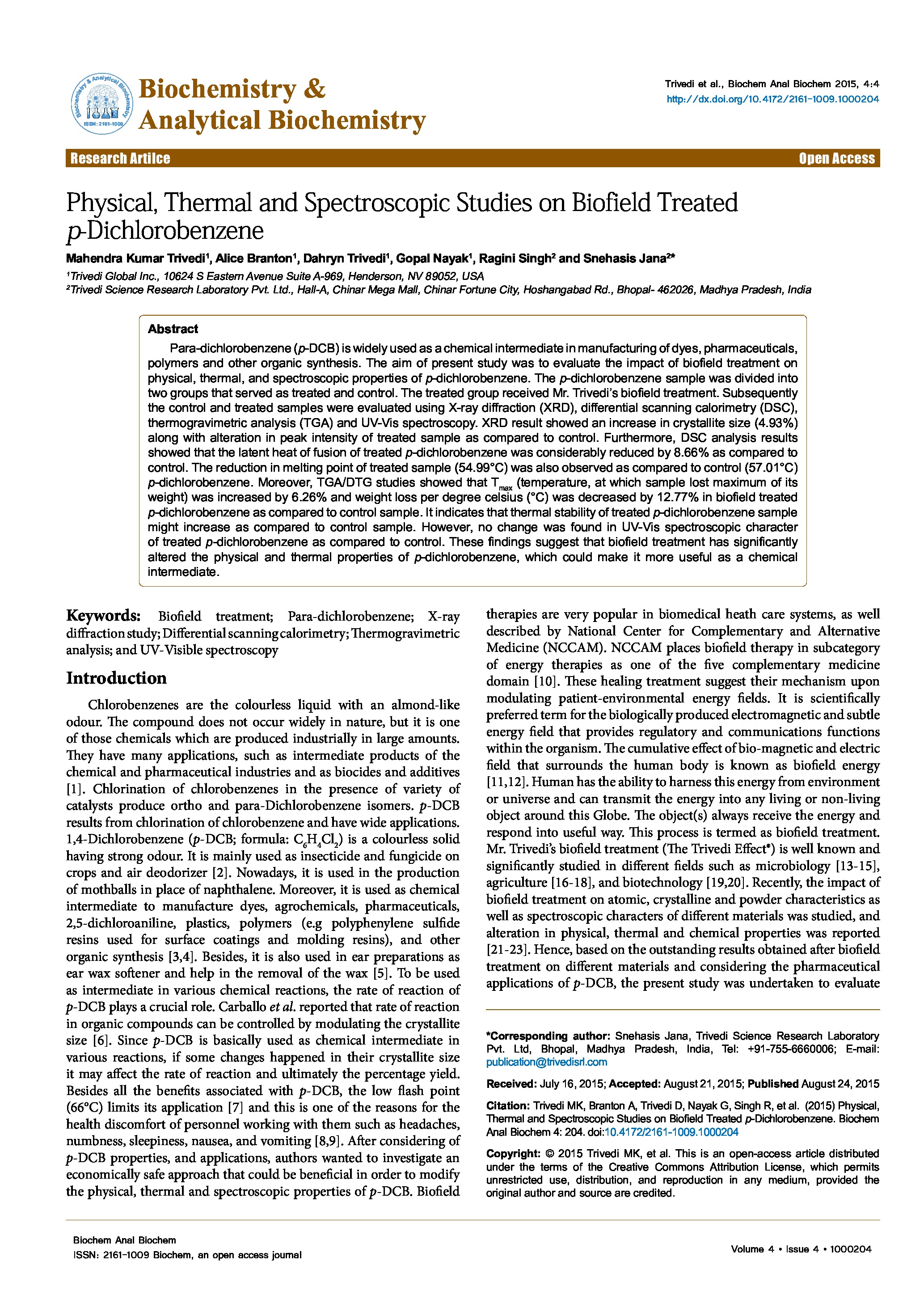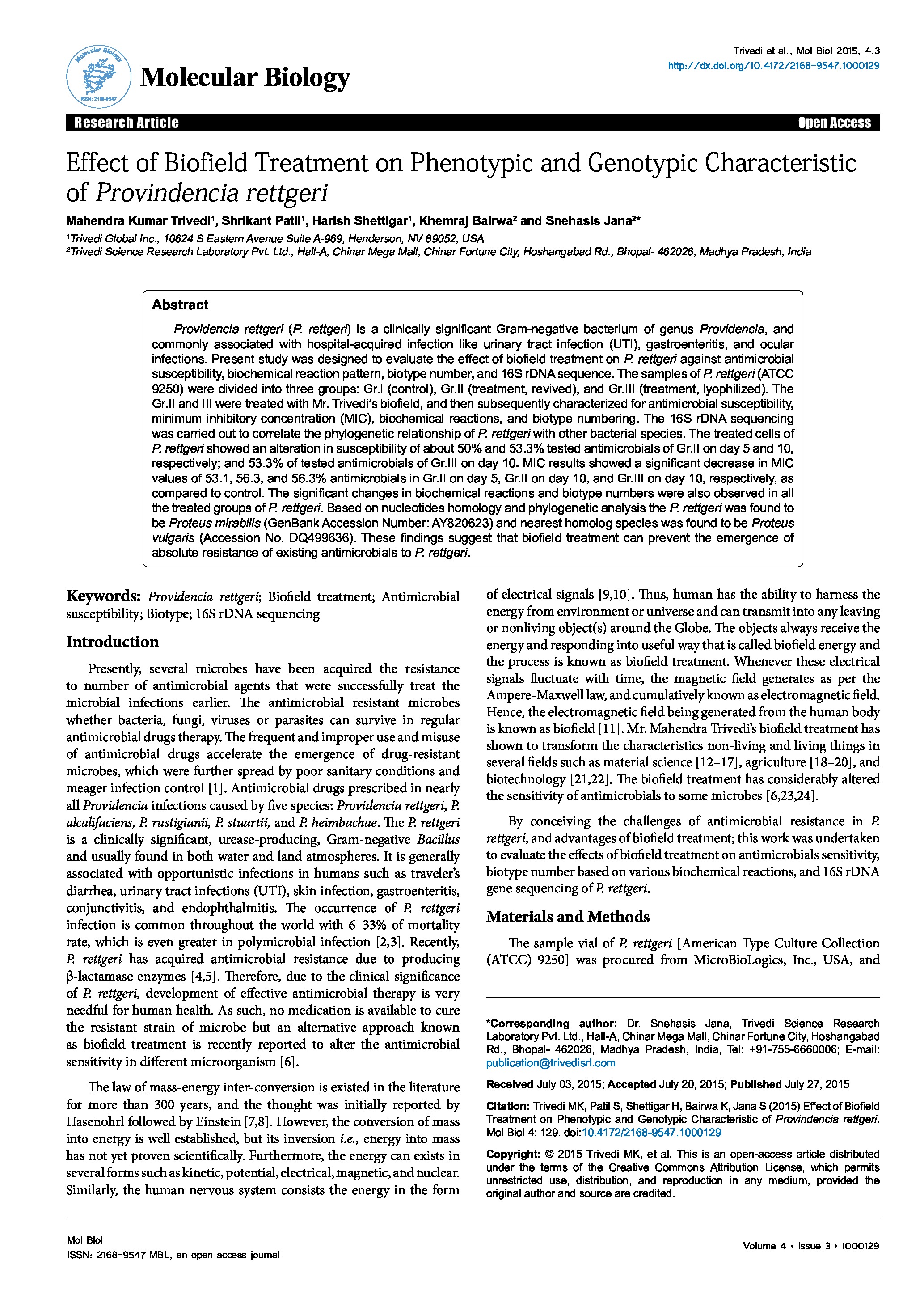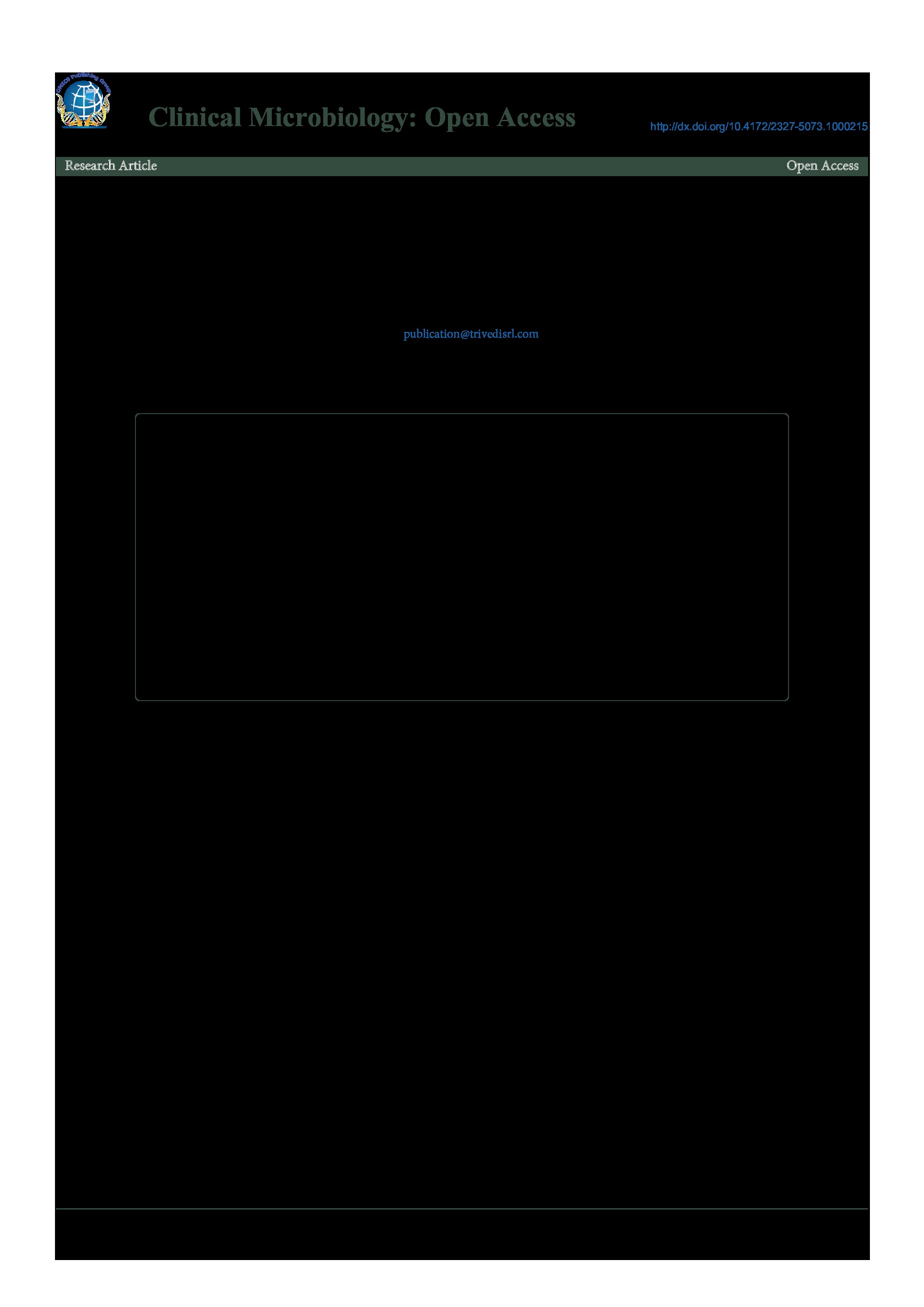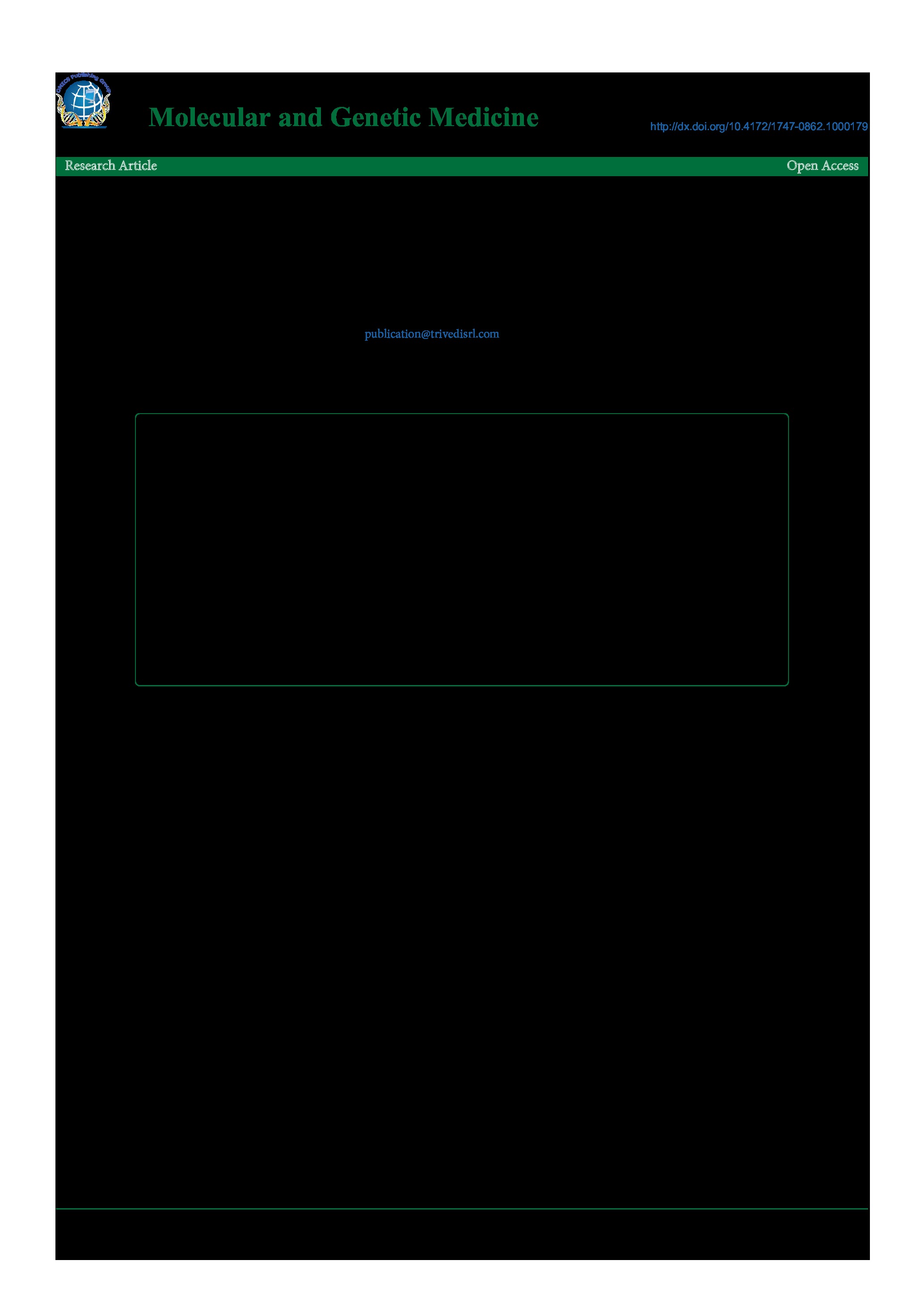Date of upload:
12.08.2016
Co-author:
Shrikant Patil, Harish Shettigar, Khemraj Bairwa, Snehasis Jana
Abstract:
Providencia rettgeri (P. rettgeri) is a clinically significant Gram-negative bacterium of genus Providencia, and commonly associated with hospital-acquired infection like urinary tract infection (UTI), gastroenteritis, and ocular infections. Present study was designed to evaluate the effect of biofield treatment on P. rettgeri against antimicrobial susceptibility, biochemical reaction pattern, biotype number, and 16S rDNA sequence. The samples of P. rettgeri (ATCC 9250) were divided into three groups: Gr.I (control), Gr.II (treatment, revived), and Gr.III (treatment, lyophilized). The Gr.II and III were treated with Mr. Trivedi’s biofield, and then subsequently characterized for antimicrobial susceptibility, minimum inhibitory concentration (MIC), biochemical reactions, and biotype numbering. The 16S rDNA sequencing was carried out to correlate the phylogenetic relationship of P. rettgeri with other bacterial species. The treated cells of P. rettgeri showed an alteration in susceptibility of about 50% and 53.3% tested antimicrobials of Gr.II on day 5 and 10, respectively; and 53.3% of tested antimicrobials of Gr.III on day 10. MIC results showed a significant decrease in MIC values of 53.1, 56.3, and 56.3% antimicrobials in Gr.II on day 5, Gr.II on day 10, and Gr.III on day 10, respectively, as compared to control. The significant changes in biochemical reactions and biotype numbers were also observed in all the treated groups of P. rettgeri. Based on nucleotides homology and phylogenetic analysis the P. rettgeri was found to be Proteus mirabilis (GenBank Accession Number: AY820623) and nearest homolog species was found to be Proteus vulgaris (Accession No. DQ499636). These findings suggest that biofield treatment can prevent the emergence of absolute resistance of existing antimicrobials to P. rettgeri.




